Motorhome Facilities Explained
Modern motorhomes are a wonder. It’s entirely possible to live full-time in them, we have, and many others do too. Motorhome facilities don’t all work like you might be used to back home though. Let’s have a look through each of them.
Electricity – Keeping the Lights On
Unlike in a house, there are a couple of different types of electricity in motorhomes: 230V mains AC and 12V leisure battery DC.
230V Mains AC Power
Once you’ve arrived on site, assuming you’ve booked a pitch ‘with electricity’, you can use a special cable to connect your van to the 230 Volts mains (called ‘hooking up’). Once you’ve done that, the three-pin sockets in your van will look and act like those at home. Plug in your hair dryer, laptop charger, microwave or fan heater and power will flow. Up to a point. If you try and run too much stuff at the same time, the site’s supply might trip off as it’s able to provide less current than your home supply.
12 Volt DC Power
Motorhomes tend to be equipped so you don’t need hook up for basic electrical needs like having the lights on inside. In addition to the van’s battery to start the engine and run the chassis lights, there’s likely to be one or more 12 Volt ‘leisure batteries’ inside the van. These store power for use in the habitation area of your van: the lights, heating fan, water pump, TV and the fridge (sort of, we’ll come back to that one).
Vans have a control panel which show how much 12 Volt power you have left. Keeping things simple, if your control panel shows what percentage of power you have left, you’re OK until you’re down to 50% then you need to recharge. If the panel shows the leisure battery voltage, once it’s down to roughly 12.0 Volts you need to recharge.
Anything over 12.6 Volts means the battery is probably full (it gets more complicated, as batteries over-read the voltage when they’re being charged). This applies to the lead-acid type of battery in most vans. If your van has a new super-duper Lithium-Iron battery, you can safely discharge it all the way down to 0%.
Battery capacity is measured in Amp-Hours (Ah). A 100Ah lead-acid battery can safely provide up to 50Ah before needing recharging. If you regularly discharge the battery lower than 50% of its capacity, you risk damaging it.
If your TV takes 2 Amps (for example) and you run nothing else from your leisure battery, you could watch 50/2 = 25 hours of TV. Realistically you’ll run lights, fans, the water pump and so on, and a 100Ah battery might last between (very roughly) 2 days and a week without needing to be recharged.
230V AC to 12V DC Using an Inverter
If you’re not hooked-up, the 3 pin sockets in your van won’t work, but can still get 230 Volts electricity inside your van. A box of electronics called an inverter does this for you, taking the 12 Volt leisure battery power and converting it to 230 Volts. The box will have one or two 3 pin sockets which you can plug-in your mains-powered stuff into.
Inverters are great bits of kit, but they’re limited. Get a ‘pure sine’ one if you want to run sensitive stuff like laptop chargers (we used to have cheaper ‘modified sine’ ones and killed a few laptop chargers with them!). Inverters also come in different sizes, and if you want to run more power-hungry equipment like a hair dryer, you’ll need a big one, 2kW maybe. In turn that’ll drain your leisure battery very quickly indeed unless your engine’s also running at the same time.
We have a small 300 Watt pure sine inverter pictured below, which is enough to charge our laptops, watches, phones and so on, and run hair clippers.
Recharging Leisure Batteries
There are a few ways to recharge your leisure battery:
- By hooking-up. Vans usually have a battery charger built-in which starts working automatically when you connect your hook-up cable to the mains at home or on-site.
- By driving. Your van’s alternator generates power when your engine is running. Using some clever electrical wizardry this charges both your starter and leisure battery. It might take a few hours of driving to fully recharge your batteries.
- Using the power of the sun! Lots of vans have a solar panel or two on the roof which trickle charge the leisure battery during daylight hours.
- With a generator. These usually run on diesel and generate 230 Volts power which you route to your van via the hook-up cable. They’re noisy though, and not a very popular option as a result.
Gas – Cooking and Cooling
Bottled butane, propane or LPG (a mixture of the two) allows you to cook on your hob and oven, get hot water, blow warm air around your van and even, weirdly, keep your fridge cold. The bottles are often provided by Calor in the UK (calor.co.uk).
The gas is stored in liquid form (under high pressure) in bottles in your van. The bottles are connected to a device called a ‘regulator’, which reduces the high pressure down to a level it can be safely burned by the appliances in your van.
Butane, which often comes in blue bottles, has more energy per litre than propane, but it refuses to evaporate below about 0°C so can’t be used in freezing temperatures. Anyone travelling in cold conditions tends to use propane, which comes in a red bottle and can be used well below freezing.
Most vans have either one or two gas bottles. When a Calor gas bottle runs out, you take it back to a supplier who will sell you a full bottle. You’ll need to close the bottle valve by hand, then use a spanner to remove and re-attach the new bottle.
Some vans, typically only those used for long-term touring, have self-refillable LPG gas systems. You can refill these at Autogas/LPG refill stations. These special pumps are usually found at petrol stations in the UK and abroad. Some countries (Finland and Morocco) don’t have LPG refill stations, so it’s an idea to fill up before you go and use the gas sparingly. Our van has a self-refillable LPG gas system from Gas IT, shown below.
In the UK you’ll need a ‘bayonet’ LPG adapter (a brass screw-in adapter) to attach the LPG gun, then stand back and press and hold a large button on the pump to start the flow of gas. Outside of the UK you may need a different adapter, most system suppliers will also sell packs of adapters and four types cover the whole of Europe.
LPG bottles and tanks designed for motorhomes have a built-in safety protection device which stops the flow of gas when they’re 80% full. This avoids the risk of liquid gas getting through your regulator, which would rapidly expand inside your van and potentially cause a fire. Calor bottles don’t have this feature, so it’s important not to try and refill Calor bottles yourself.
Fridge – Cold Beers and Ice Cream
Some are the size of a normal domestic fridge, others aren’t so huge, and the freezer spaces are sometimes tiny, but the feeling of being on-site, pulling a cold drink from your van’s fridge on a hot day is pretty great.
Most vans have ‘three-way’ fridges, so called because they can run on three power sources:
- On 230 Volts mains when you’re hooked-up.
- On bottled gas when you’re parked but not hooked-up.
- On 12 Volts when you’re driving.
Some fridges automatically switch between these sources. Others must be changed between heat sources manually, which is easy to forget to do at first. A cold fridge will stay cool for a couple of hours if you don’t open it, but we try to remember to always switch the gas from 12 Volts to gas or mains whenever we stop driving.
A few vans have ‘compressor fridges’ which work on 12 Volts when you’re parked but these are rare. The three-way fridges in most vans will only work on 12 Volts when your van’s engine is running.
Cooking
Cooking in your camper is usually a quite similar to home. You’ll have a two or three gas powered hob rings as a minimum. These days you can also find motorhomes with a gas oven or a microwave. None of our vans has had an oven, and we haven’t missed it. We’ve used things like a double skillet or gas powered BBQ (connected to the vans gas supply) to cook up stuff we’d normally put in an oven.
Hot water is boiled in a kettle on the gas hob when you are not hooked-up to electricity. If you’re on a campsite with hook-up you can use a normal kettle (site energy supply permitting, we use a low wattage travel kettle so it won’t trip) or pop your hob kettle on an electric hot plate to save gas.
Heating – Warm Air and Hot Water
Lots of vans have water and air heaters installed, which typically run on gas. Some can also use mains electricity, and a few are powered by diesel. These either provide instant hot water when you open a tap and turn it to hot, or you’ll need to switch them on a few minutes before you want the hot water.
In cooler conditions you can also use your heater to blow warm air through ducts out into the living space, wet room and on some vans in to cupboard and storage areas. With a well-insulated van you’ll be kept toasty warm even in blizzard conditions (assuming you don’t run out of gas or 12 Volts leisure battery juice, like we have in the past!).
Water: Fresh and Grey
In a camper, fresh water is held in a tank inside the van. Many vans have about 100 litres of it. The kitchen and bathroom taps (and the shower) have micro-switches installed which turn on a 12 Volt water pump when you open them. The pump takes water from the tank and pushes it out through the taps, via the water heater if hot water is required.
You can monitor how much water you have left using a meter on your van’s control panel. When you want to top it up, you can either drive close enough to a tap and use a hose or use a water carrier to bring the water to your van. Either way you’ll use a filling point on the outside of your van to get water into the tank.
When water flows down the sink or shower plug holes, instead of it simply pouring out into the ground, it’s kept on-board in a ‘grey water’ tank. This also tends to be about 100 litres. To empty the grey tank, you need to drive over a suitable drain and then open a tap on the outside of the van to let the used water flow away. Or you can use a bucket if you don’t want to move the van or can’t get over the drain.
Grey tanks start to smell eggy after a few days. To keep the niff away some folks wash all their pots in the campsite sinks. We can never be bothered to do this, so we empty our grey as often as we need to and avoid oily or starchy water going down the plug holes. You can get special grey tank cleaner liquids too, but we just pop a bottle or two of cheap cola in there, drive, and empty the tank at our destination.
For more information please see our blog post on fresh and grey water in motorhomes.
Black Water: The Chemical Loo
Along with fresh and grey water tanks, most motorhomes and many campers have ‘black water’ tanks too. These don’t really hold water, it’s the contents of your chemical toilet! This is either held in a plastic cassette located under the loo or as part of a Porta-Potti.
Many people opt not to use the loo in their van. It’s understandable. Some folks don’t like the idea of the smell or the task of emptying the toilet. Others just want to preserve their dignity (the wet room walls are thin).
If you always stay on sites with toilet blocks available, then you don’t need to use the chemical loo, or maybe you’ll opt to only use it for liquid waste: number ones! If you use the loo, you can add a blue chemical after you’ve emptied it to keep it smelling fresh(ish) until you next empty it. Shops also sell a pink-coloured chemical, which you add to your loo’s flush tank (if it has one) to keep the bowl smelling nice. You can get green liquids too, which are kinder to the environment. You can also choose to add a SOG unit to your motorhome toilet which stops the smells without using chemicals.
If you do choose to fully use your chemical loo, you can hugely increase your overnight options. Many smaller campsites, pub stopovers, official overnight parking and ‘wild camping’ spots have either no toilets, or loos only available at certain times. By using your own loo you’ll be able to comfortably use all these locations, which are also often much cheaper per night than larger sites.
Plan to empty your chemical loo cassette every 1 to 4 days, depending on how many are in your party. You’ll need to use a suitable ‘elsan point’ which flows into a septic tank or the sewers. Other than a toilet, you can’t pour your waste anywhere else, including rainwater drains, many of which flow untreated into rivers and streams.
There is more information and details in our blog post – Motorhome Toilet Talk – Thetford Loos Exposed.
Beds
Most motorhomes have one or more beds. These can either be ‘fixed’, so they’re in place all the time, or are made up each time you want to use them. There are so many different configurations of sleeping areas in motorhomes, it’s worth looking around a few models to work out which is right for you.
Fixed beds are usually found in the rear of a motorhome, or on motorhomes with a ‘quiff’ you’ll find them above the front cab seats. A Class motorhomes tend to have a bed which drops down from the ceiling on struts so is less claustrophobic than the fixed over cab beds. All of these beds can be made up and left ready all the time.
The lounge area often makes up in to a bed using the cushions from the seats. These need to be made up every time you want to use them, so bedding will need to be stored somewhere. You may find you’ll want an additional layer between you and the cushions so you don’t feel the ridges.
If you are looking at buying a motorhome, be sure to lie on the bed. Point your toes to ensure it is long enough for you to sleep in, and you can easily get in and out of it – as you may need to do that in the dark.
Storage
If you plan to be in your van for any length of time you’ll need to carry everything you need with you. Food, clothes, tools, books, towels, bedding, laptop, camera kit, outside chairs and table, crockery and cooking pans, cleaning equipment, toilet chemicals, maps, any games and sports kit you want to carry and so on.
Some vans have externally-accessible storage (either a garage, cupboard or back/roof-mounted storage box) so you can keep things like bikes, hook-up cables and tools in them which you don’t need to get at from inside the van – some folks even carry a scooter in their garage. Bear in mind that unlike at home, where you can shove as much stuff the space in your cupboards, in a motorhome you have a maximum weight; if you overload it, you risk breaking the law or worse, not being able to stop the van when you need to.
Watching TV in Your Motorhome
You can get TV in your motorhome just about everywhere. With a 12 Volt set you don’t even need to be hooked-up to the mains to watch some great telly!
Here are a few ways to watch TV in your van:
- With a roof-mounted or tripod satellite dish.
- Using a terrestrial TV digital aerial on the roof.
- By streaming TV and films over the internet.
- By watching DVDs.
- By connecting your laptop and watching offline programmes from iPlayer.
We have a satellite dish and a built-in Freesat receiver in our TV but tend to stream most of our content over the internet these days. We’ve written a blog post with details about our motorhome TV set up using an Amazon Fire TV Stick. With fast 4G connections and unlimited data SIMs (see below) we can do this almost everywhere.
Fast Internet
We can all get internet fast enough to stream TV and make video calls pretty much everywhere these days. 4G mobile networks are widespread, easily accessible with a smart phone or personal WiFi hotspot device (sometimes called a MiFi or a router).
We’ve been able to get a good (3G or 4G) internet connection almost everywhere we’ve been, failing just a few times in very remote areas of the Alps or the Cumbrian fells!
By adding a roof-mounted internet booster antenna to your van, you can further increase the places you can get a strong 4G signal. Also, using an unlimited data SIM means you don’t have to worry about the many gigabytes you’ll go through with such a fast connection.
Very fast 5G networks are being rolled out in the UK but still only cover a limited number of towns and cities. As campsites tend to be outside these areas, we’re waiting to upgrade our phones, booster antenna and router until 5G is more widespread.
There’s also still the option to use campsite WiFi too, sometimes included in the price of your pitch. You can get booster antennas for this too, so it works more quickly when you’re some distance away from wherever the WiFi access point is. Campsite WiFi can be too slow to watch TV or stream YouTube, for example, but if it’s free and you just need to read the BBC news or check your email, it’s definitely worth using!
Base Vehicle
And last, but not least, the underlying vehicle. You’ll need to be comfortable driving this around. Base vehicles are usually a commercial van with a familiar looking dashboard. Often it is the width that can be more scary as you drive, than the length – that only really becomes an issue when parking up or tight corners.
New to motorhome life,
planning your own motorhome adventure or
looking for the perfect gift for the motorhomer in your life?
Check out our OurTour range of books.

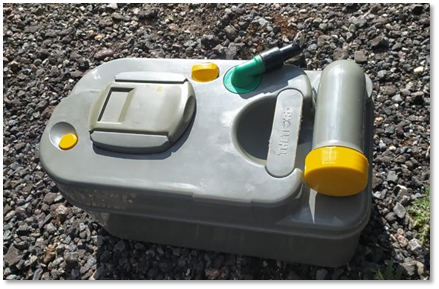
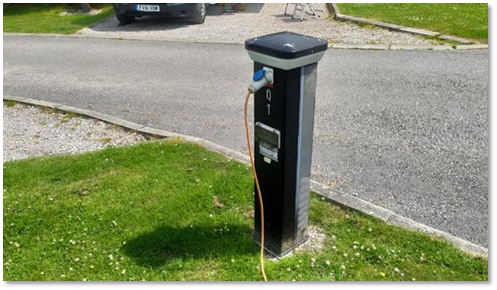
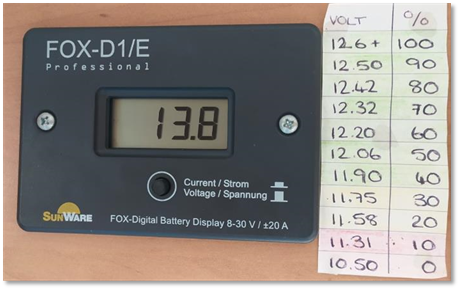

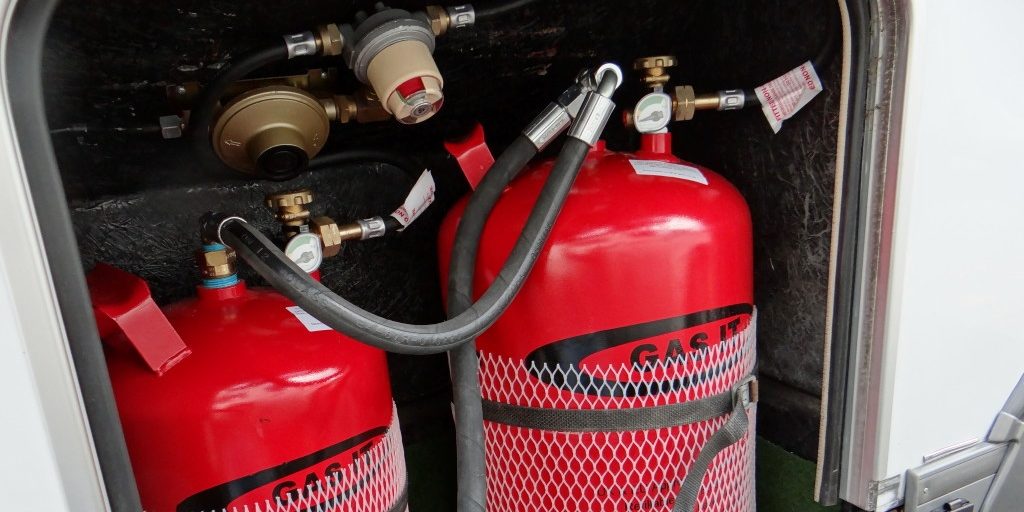

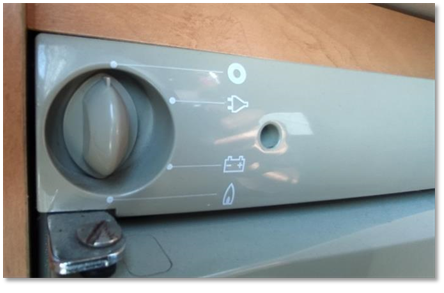

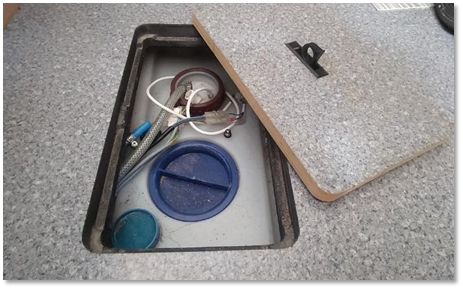

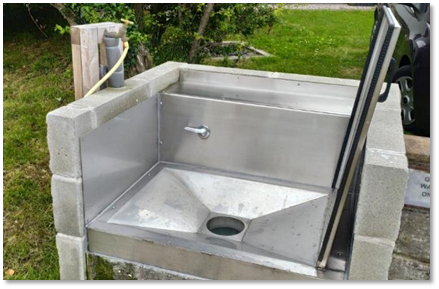
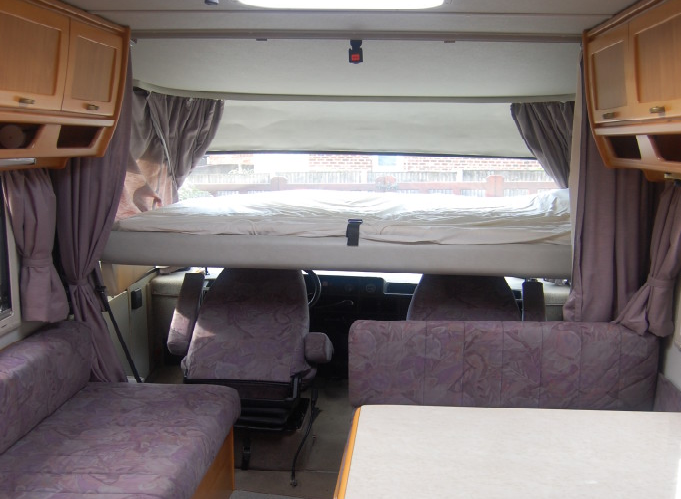
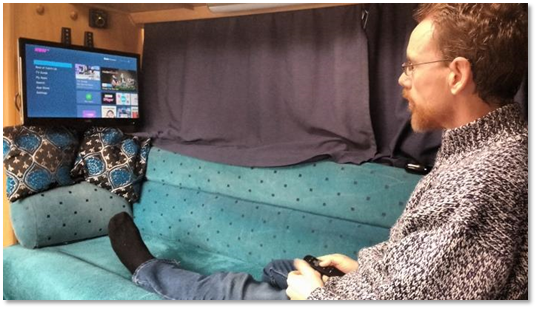
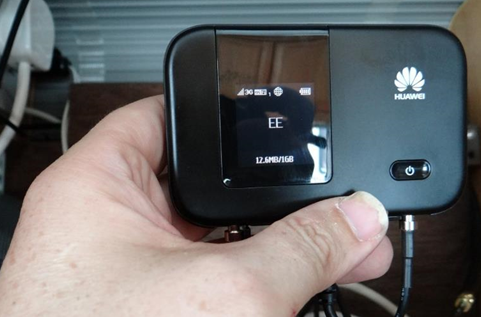
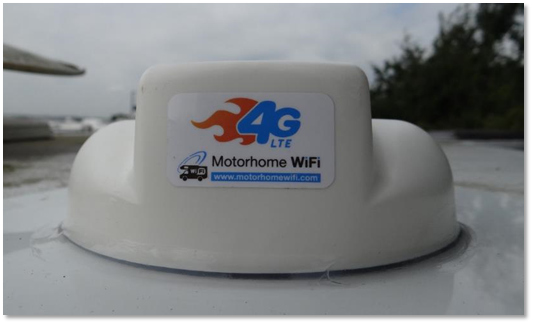

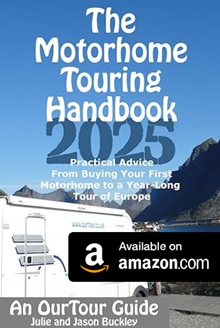

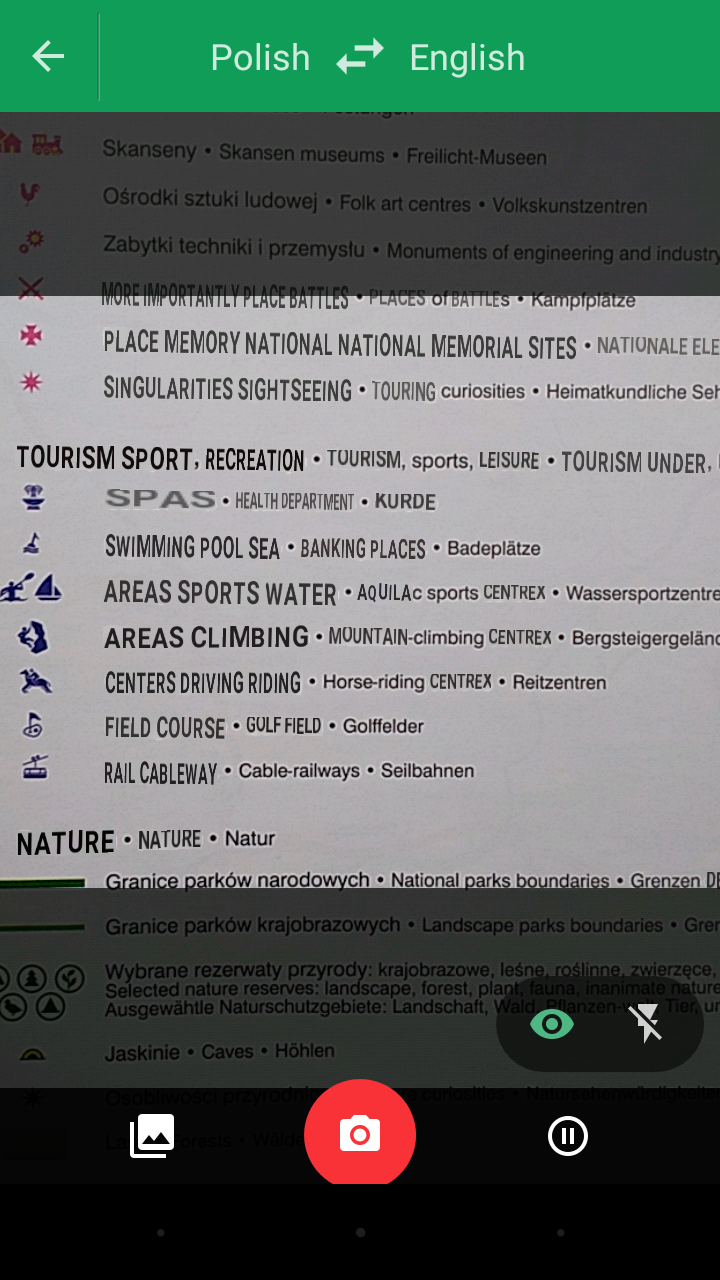
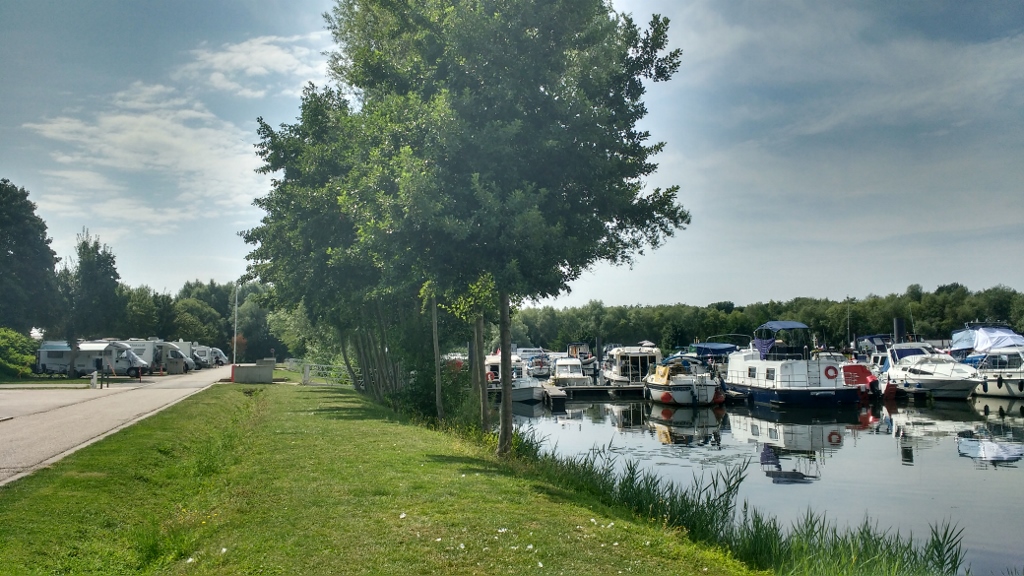
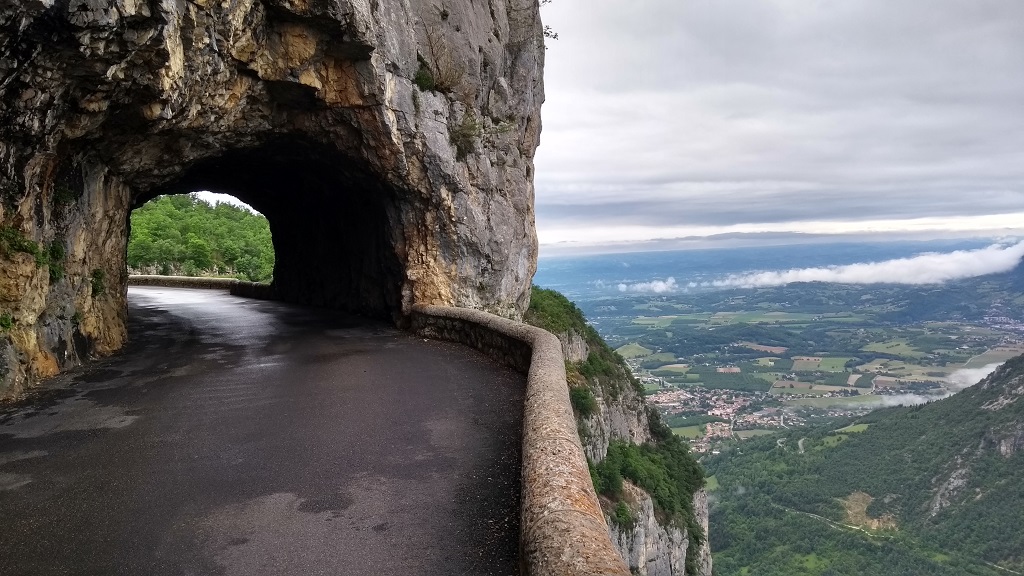
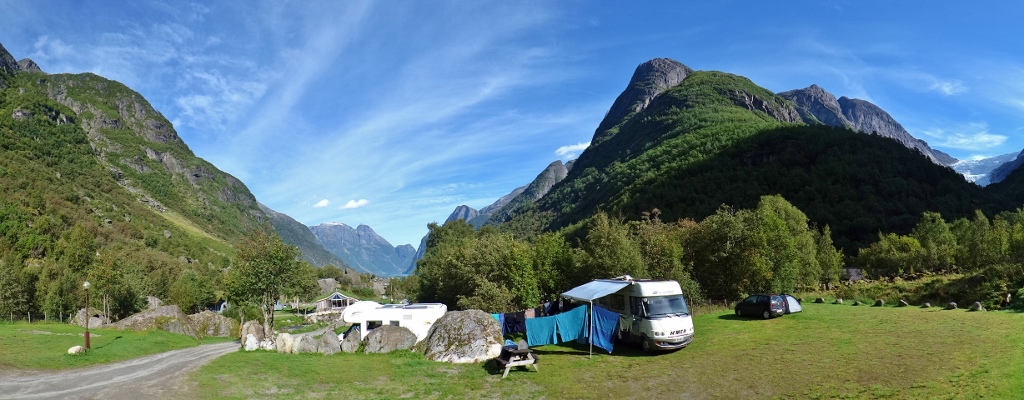
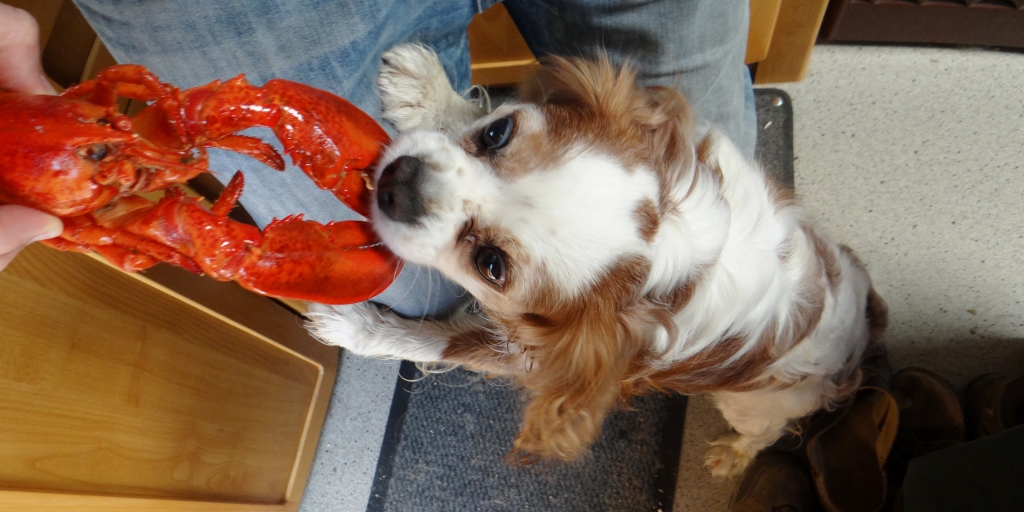


Trackbacks & Pingbacks
[…] back home though. We’ll go through each of them below, but if you want more detail, check out our motorhome facilities explained blog […]
Leave a Reply
Want to join the discussion?Feel free to contribute!